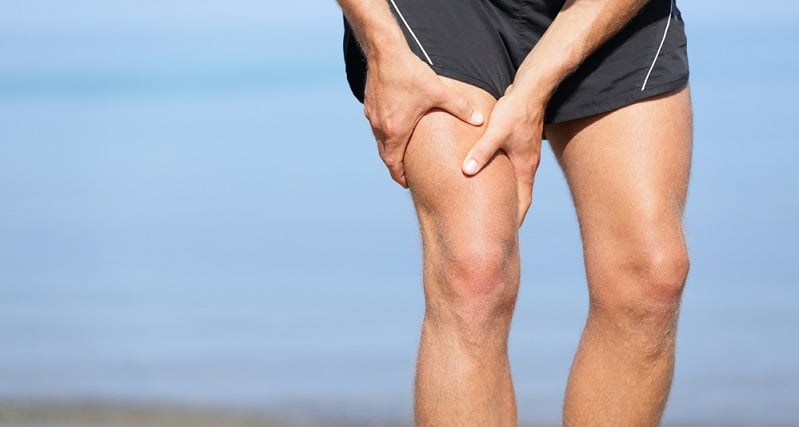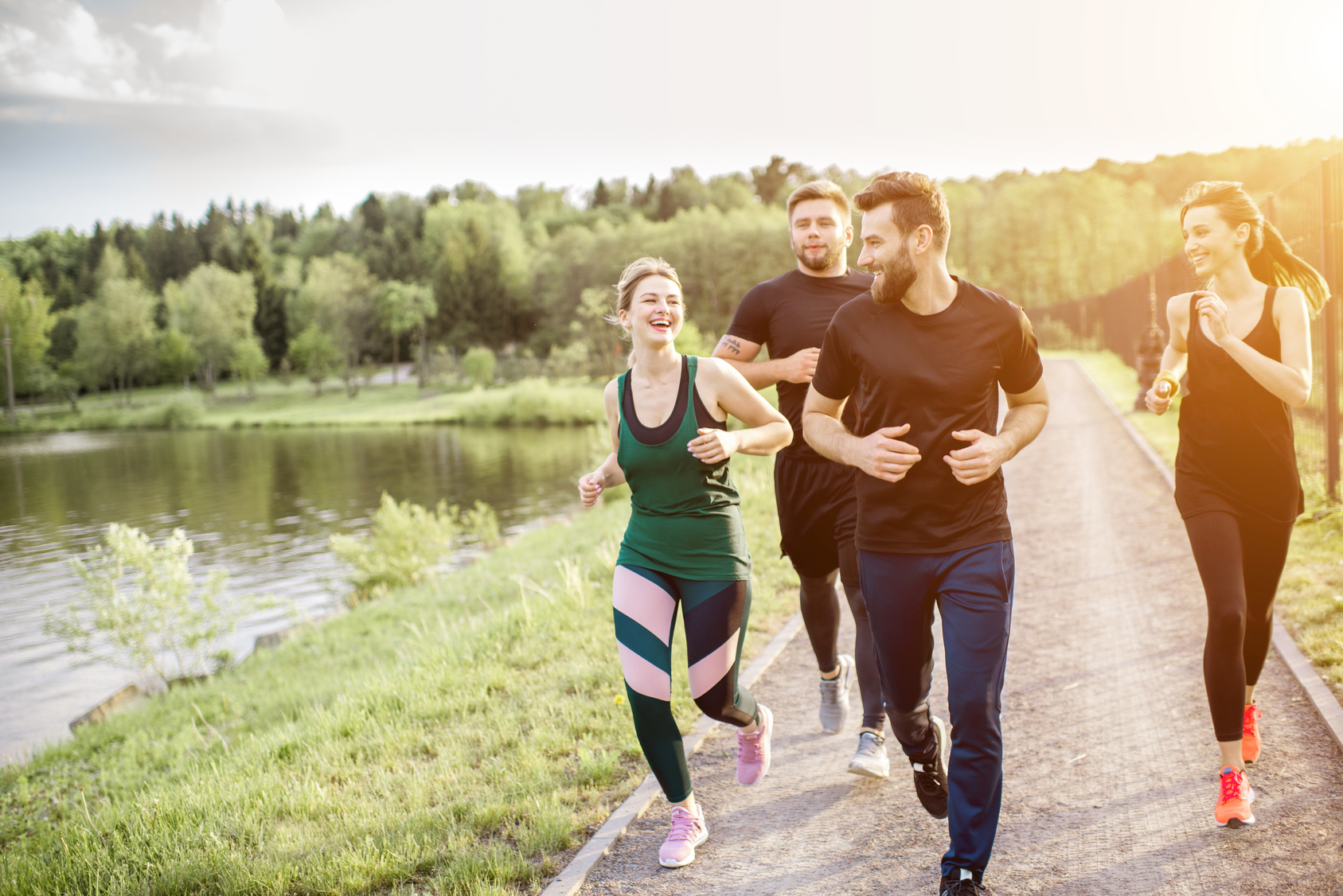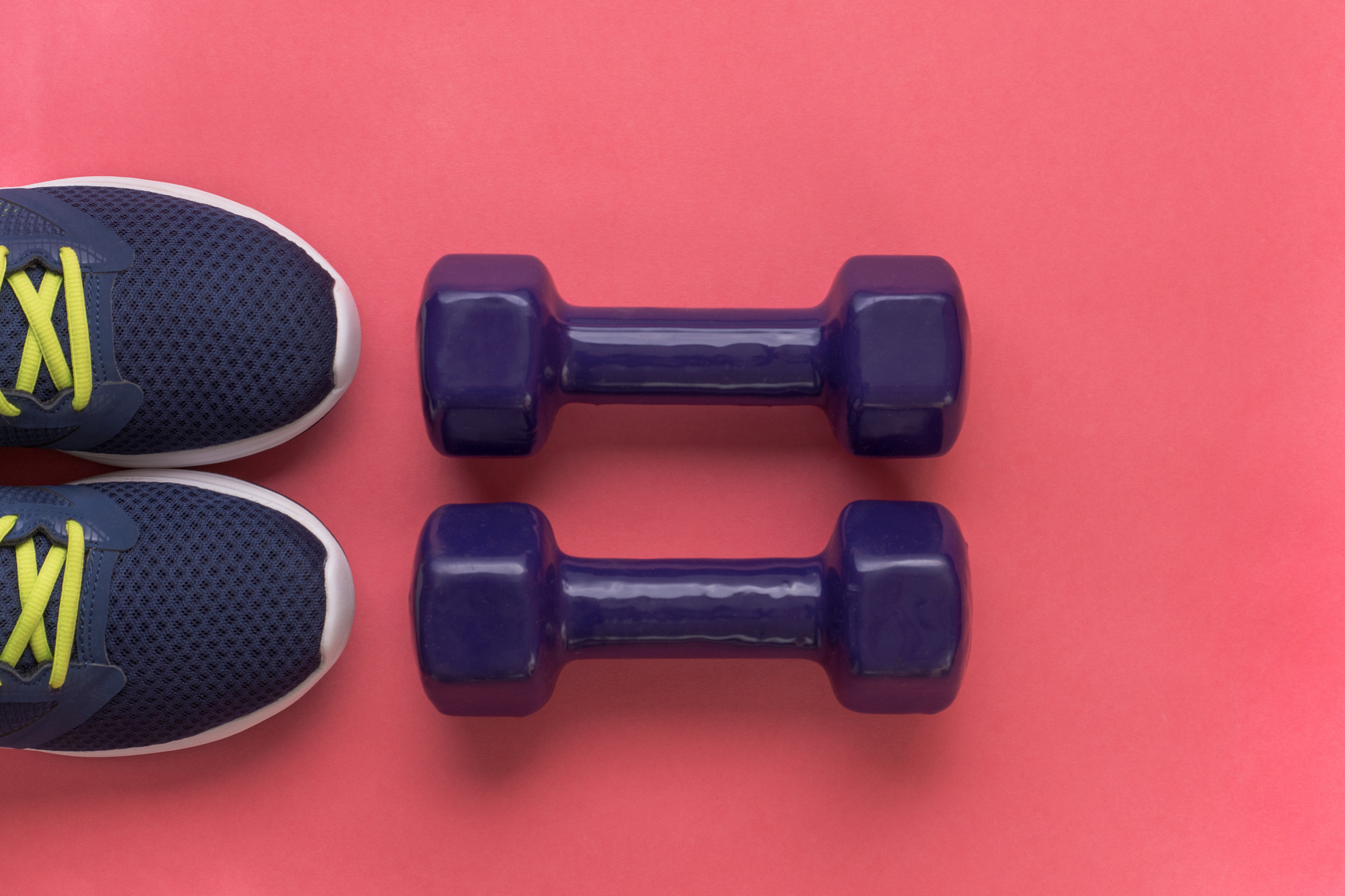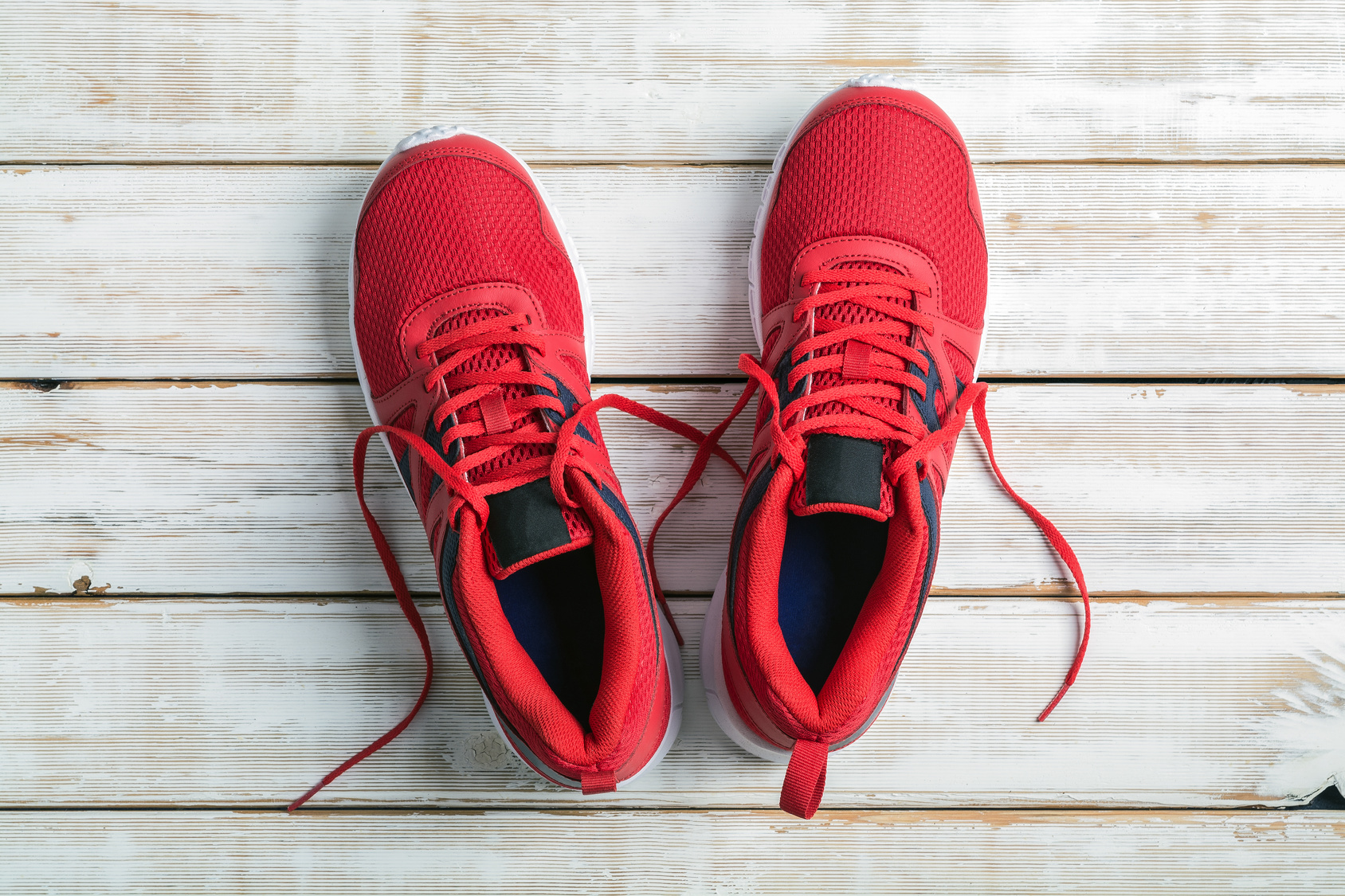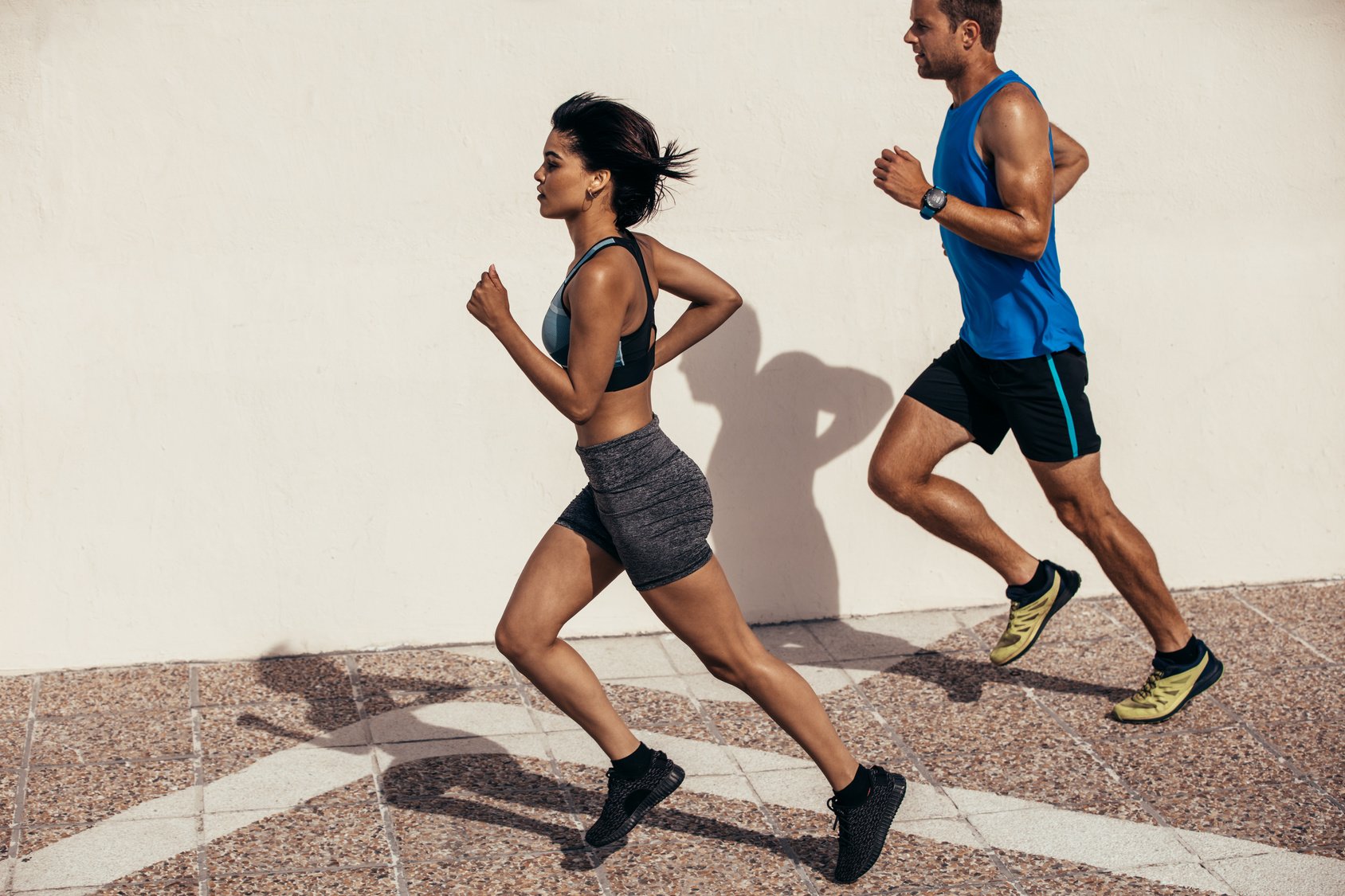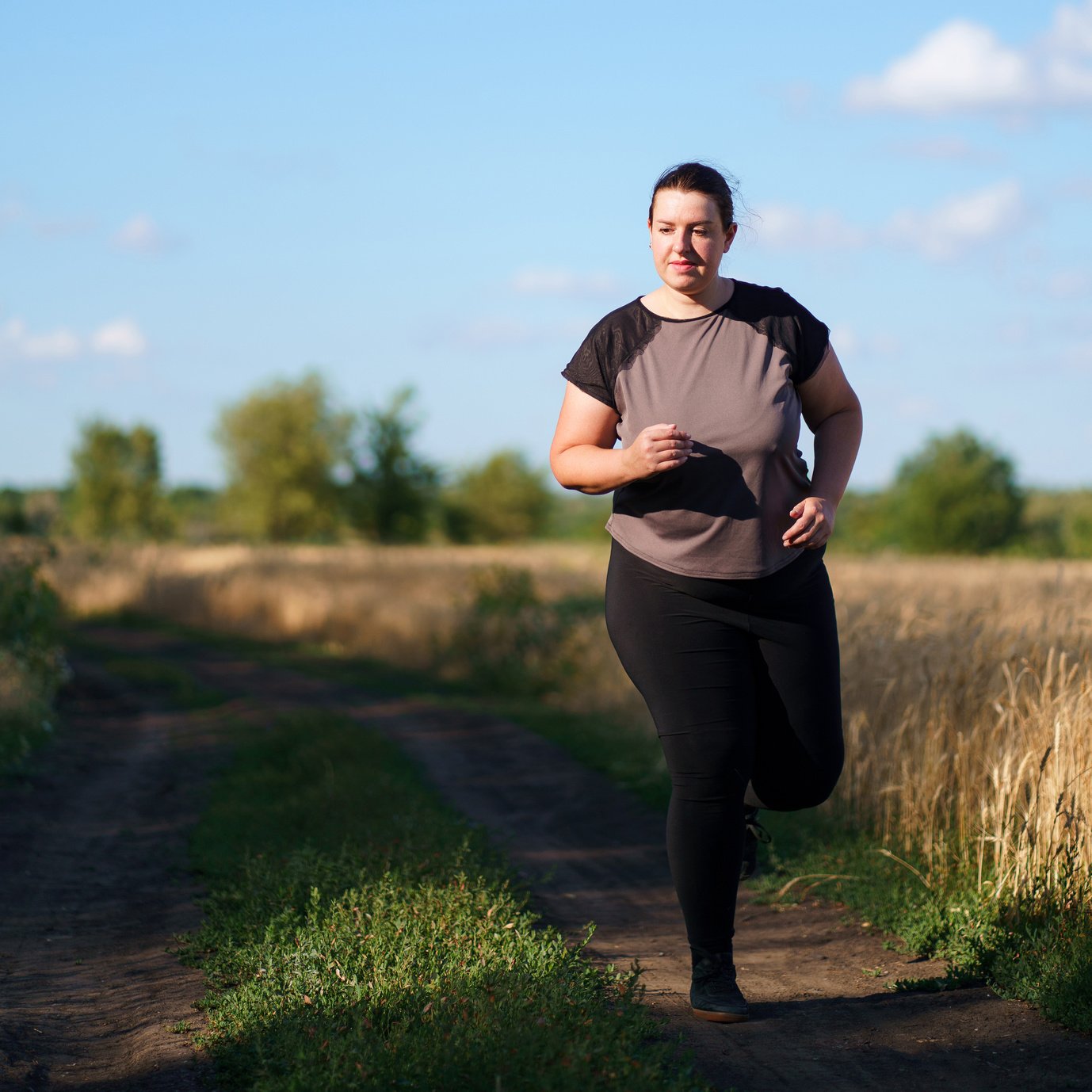Ready to dive into the fascinating world of combining keto and running? You’ve landed in the perfect spot!
Picture this: you’re gearing up for a run, the pavement stretching out before you, but wait, there’s a twist. You’ve heard about the keto diet, the low-carb superstar that has everyone talking, and you’re curious.
Can you really fuel your runs with fat instead of carbs? Is it a match made in fitness heaven or a recipe for disaster?
We get it. Carbs have long been the go-to energy source for runners, and pasta parties before races have practically become a tradition. But in recent years, the keto diet has been shaking up the nutrition game, making runners sit up and take notice.
So, can you truly embrace the keto lifestyle while keeping your running game strong? The answer is a resounding YES!
But here’s the kicker: it comes with a few guidelines and trade-offs. Don’t worry; I’ve got your back!
In this article, I’ll guide you through the keto-running maze, covering everything from the basics of keto to the pros, cons, and, most importantly, how to do it safely and effectively.
Ready? Let’s hit the ground running.
What Is The Keto Diet
Let’s dive into the nitty-gritty of the keto diet. At its core, the keto diet is like a symphony of fats, a gentle hum of proteins, and a whisper of carbohydrates. It’s akin to the famous Atkins diet and other low-carb regimens, but it has its own unique flavor.
Here’s the magic trick: to truly embrace the keto lifestyle, you’ll need to coax your body into a state called “ketosis.” Imagine it as a switch, where your body decides, “Okay, carbs, you’ve had your time in the spotlight. It’s time for fat to take center stage.”
So, how does this keto transformation work? Well, you become a maestro of fat consumption while putting carbs on a strict diet. By doing so, you gradually deplete your body’s carb stores, forcing it to tap into its fat reserves for energy.
This cunning move thrusts your body into ketosis, a metabolic state where fat reigns supreme as the primary fuel source. It’s like giving your car a new type of fuel—it runs just as efficiently, but now it’s powered by fat instead of carbs.
During this fascinating process, your body starts producing these little powerhouses called “ketones.” Think of them as the VIPs in the energy production business, derived from fat and taking the place of glycogen, which is mainly derived from carbs
Additional resource – Keto marathon training
The Meaning Of Keto Adaptation
Let’s talk about the fascinating concept of keto-adaptation, or as some folks like to call it, “fat adaptation.” This is where the magic happens, the grand metabolic shift from being a carb-burning machine to becoming a fat-burning machine.
Now, according to science, this transformation into a fat-burning zone can take anywhere from a modest four weeks to a wizardly 12 weeks. But here’s the kicker: the exact timeline depends on a mix of variables, such as . diet, physiology, metabolism, and even your training habits.
Staying In Ketosis
To keep those ketones flowing, your daily carb intake should dance in the range of about 30 to 50 grams, and that range might shimmy a bit depending on how much running you’ve got going on. It’s like balancing on a keto tightrope!
But and here’s where things get tricky: there’s a list of foods that are strictly off-limits in the keto realm. Here are the main villains.
- Bread
- Fruits
- Starchy vegetables like beets and potatoes
- Legumes
- Beans
- Lentils
- Beer and alcohol
- Many condiments and sauces are high in sugar
- Any other sugar-rich food item
Additional resource – Probiotics For Runners
Fat Adaptation Takes time
While you can slip into ketosis within a few days of slashing your carb intake, don’t expect to become a full-fledged keto athlete overnight. True keto-adaptation is like a fine wine; it takes time.
Typically, you’re looking at a 6 to 12-week span after entering ketosis, and that’s if you’re diligently following the keto regimen.
But here’s the kicker – the exact timeline can vary significantly based on factors like your physiology, metabolism, and how you structure your training.
Now, here’s where it gets interesting. Endurance athletes, like marathoners or ultra-runners, might have a leg up in the fat-adaptation game. Research suggests they can become fat-adapted a bit quicker than your average Joe or Jane.
Lucky them, right?
But, and it’s a big but, those initial weeks or even months of keto can be quite the rollercoaster. You might feel like you’ve hit a wall, your energy levels might resemble a yo-yo, and you might question all your life choices. It’s a bit like learning to ride a bike – wobbly at first, but you’ll get there.
The golden moment arrives when you’re truly fat-adapted. That’s when your body becomes a fat-burning machine, and you can go the distance – quite literally. Many seasoned keto runners report improved endurance once they reach this stage.
However, here’s the curveball – not everyone’s keto journey ends in a fairy tale. Some folks, despite their best efforts, may never fully adapt to endurance exercise on keto. Life’s unfair that way, isn’t it?
To navigate these waters, some athletes turn to carb cycling. This means they’ll switch back to a more carb-rich diet for specific periods or during high-intensity training weeks.
The Verdict
Now, the million-dollar question – should you take the plunge into the keto world as a runner? Is it your golden ticket to peak performance and newfound health? Well the answer is a bit like your favorite running trail – winding and personal.
I hate to sound like a broken record, but ultimately, it’s your call. Going low carb is a journey, not a destination, and it may not be the right path for everyone. But if you’re up for the challenge, the rewards can be sweet, or should I say, savory.
Here’s the deal: if you commit to the keto lifestyle and navigate the adaptation process wisely, there’s a good chance you’ll unlock the ability to tap into your body’s fat stores for fuel.
In the grand scheme of things, the benefits of keto often outweigh the downsides, especially if you’re willing to trade short-term performance dips for long-term health gains.
However, a word of caution – if you’ve been pounding the pavement for a while and decide to go full keto, brace yourself. Your performance might take a hit, and it would be hit hard.
So, if you have a big race on the horizon where you’re aiming to smash your PR, going keto might not be the best strategy at that moment. Timing is everything in the world of running.
Additional resource – Best sources of electrolytes for runners
How To do it Safely
Switching to keto can be a real buzzkill for your performance and mood, especially during those initial days. So, rule number one – don’t attempt anything too strenuous when you’re just starting out.
Keep it light. Plan your first keto cycle during a period when you’re okay with the idea that your athletic performance might take a slight dip. Think of it as a strategic pit stop in your running race – you’re refueling, even if it means slowing down for a bit.
This is your body’s adjustment period, and it’s crucial to be patient with yourself. Just like you wouldn’t expect to shave minutes off your mile time on day one of training, you can’t expect keto magic to happen overnight.
How Long Should You Go Keto For?
So, here’s the real talk: how long should you stay committed to keto? Well, that depends on your lifestyle and your running goals. It’s not a one-size-fits-all kind of deal.
At the very least, try to give keto a shot for several months throughout the year. It’s like switching up your training routine to keep your muscles guessing – mix in some keto to keep your body adaptable.
Now, if you’re feeling like a real trailblazer and want to fully embrace the keto lifestyle or hover close to ketosis year-round, take a page from the playbook of an absolute legend in the running world – Zach Bitter.
This guy is the 100-mile American record holder, and he’s practically a poster child for the high-fat, low-carb way of life in the fitness realm. If you’re gearing up for a major endurance event and want to dip your toe into the keto waters, Zach’s story is nothing short of inspiring.
But let’s be real – for most of us, committing to a lifelong low-carb, high-fat diet is a bit daunting. I mean, carbs taste darn good, don’t they? Plus, navigating social gatherings or family dinners on keto can be a real puzzle.
So here’s the game plan I’d recommend:
Day 1
Begin your keto adventure with a keto-friendly breakfast and lunch – you can find some fantastic recipes online to kickstart your day the keto way.
But when the evening rolls around, here’s a little secret backed by research: fasting for extended periods can accelerate your entry into ketosis. So, for dinner, go ahead and skip it!
Days 2 to 10
As you enter the second phase of your keto transformation, embrace the magic of bulletproof coffee. This concoction, made with keto coffee and MCT oil, is your new best friend.
Start your day with it. Then, embark on your workout journey, be it running, weightlifting, or spinning. Here’s the catch – keep it low intensity. Don’t push too hard, and don’t forget to take breaks.
During these days, hydration is your ally, so drink plenty of water. As for your carb intake, try to keep it as low as humanly possible. To put things into perspective, an average banana contains about 25 to 30 grams of net carbs – that’s pretty much your daily limit if you want to get into ketosis. So, resist the banana temptation; it’s not your keto friend.
Day 11 and Over
This is where things get exciting. By this point, you should have successfully ushered your body into ketosis. Now, the real journey begins – fat adaptation. Here’s where you’ll truly learn the ropes of tapping into your body’s fat stores for fuel.
The choice is yours from here on out. You’ve got ketosis under your belt, and now you can explore the keto world as you see fit whether you want to fully embrace the keto lifestyle or dabble in it while staying close to ketosis, like the incredible Zach Bitter – an elite ultra runner and keto advocate.
Tips to Maintain Running Performance On Ketosis
Take the following measures to keep your running performance going strong on the keto diet.
Carb Cycling:
Some runners adopt a strategy called “carb cycling.” This means strategically introducing more carbohydrates before or during high-intensity workouts or races while sticking to keto on other days.
Targeted Keto:
This approach involves consuming a small amount of carbs (usually around 30-50 grams) before your workouts, providing a quick energy source without fully kicking you out of ketosis.
Supplements:
Consider supplements like exogenous ketones or electrolytes to help support your energy levels and performance.
Train for Fat Adaptation:
Give your body time to adapt. It can take weeks or even months for your body to become fully keto-adapted. During this period, focus on low to moderate-intensity training.
Quality Fats Matter
Not all fats are created equal. Focus on consuming healthy fats like avocados, nuts, seeds, and fatty fish. These fats provide essential nutrients and support your overall health.
Monitor Ketone Levels
Invest in a ketone meter to monitor your ketone levels regularly. This can give you valuable insights into your state of ketosis and help you adjust your diet as needed.
Plan Your Meals
Planning your keto meals ahead of time can help you stay on track. Running on an empty stomach isn’t always the best idea, so ensure you have keto-friendly options readily available before your runs.
Listen to Your Body:
Pay close attention to how your body responds. If you notice a significant drop in performance, it might be time to adjust your approach.
Be Patient and Persistent
Remember that adapting to keto takes time. It might not be smooth sailing from day one, but with patience and persistence, you can find a balance that works for both your running and keto lifestyle.
How To Combine Keto And Running – The Conclusion
The keto diet and running can coexist, but it’s essential to find the right balance for your unique needs and goals. While keto may require some adjustments to your training and race-day strategies, many runners have successfully combined the two.
Remember, there’s no one-size-fits-all answer. It’s all about what works best for you and your body. So lace up those running shoes, stay committed, and keep pushing your limits – keto and all!


